How Russia ‘Lost’ Alaska — And Why Putin May ‘Regret’ It
Others are reading now
Russia often claims historical ties to places like Ukraine — but it once gave up a massive piece of land now among the most valuable in the U.S.: Alaska.
Russian Expansion Reaches Alaska
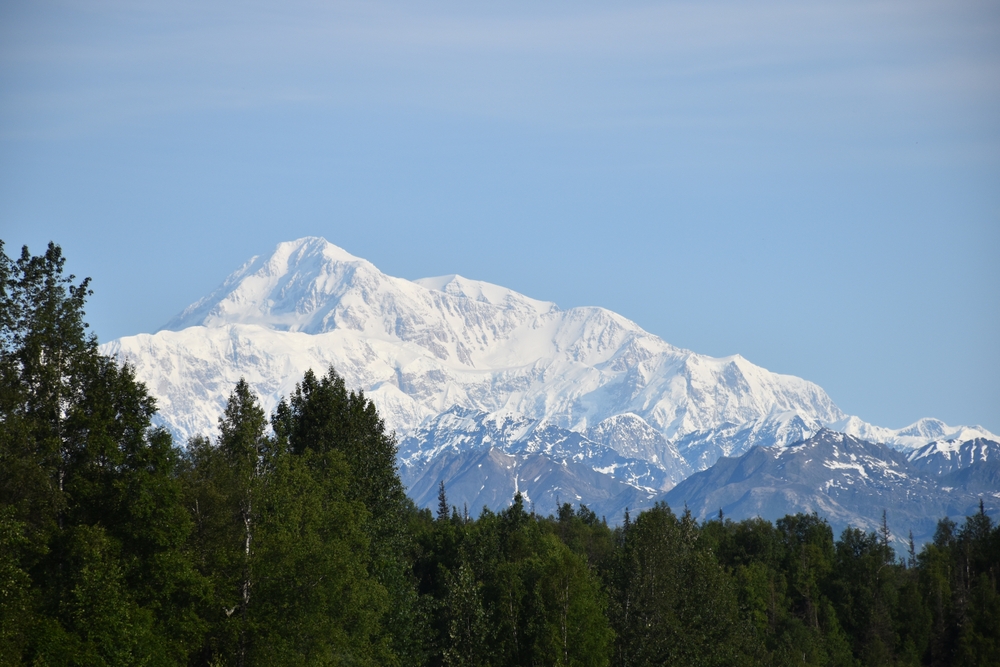
In the 1500s, Russian fur traders and Cossacks pushed eastward. By 1741, explorer Vitus Bering had discovered the sea route to Alaska.
The First Settlements
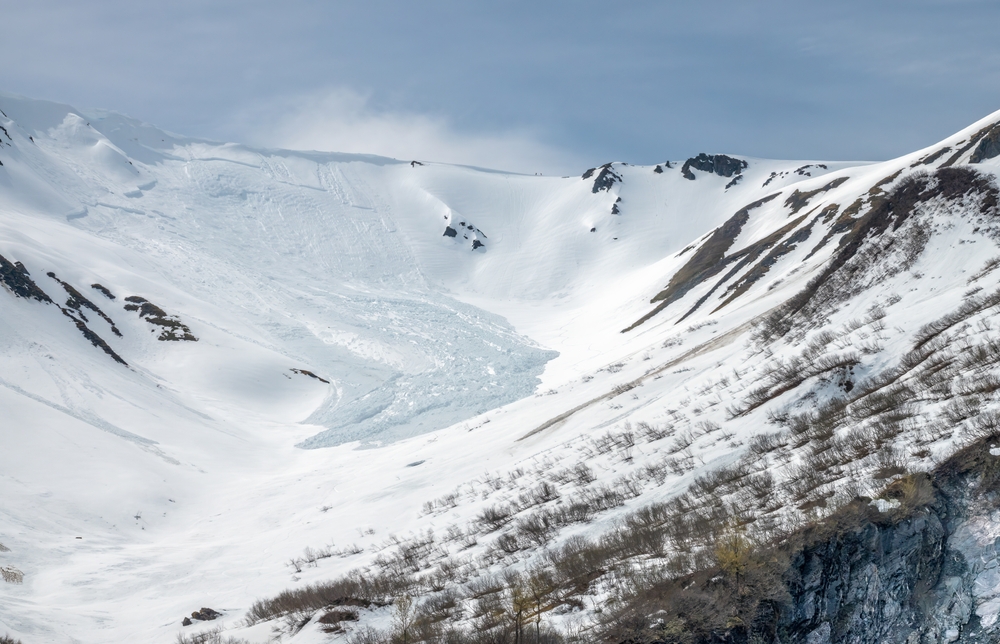
In 1784, Russian merchants established the first permanent settlements in Alaska. Colonization had officially begun.
Russia in California?
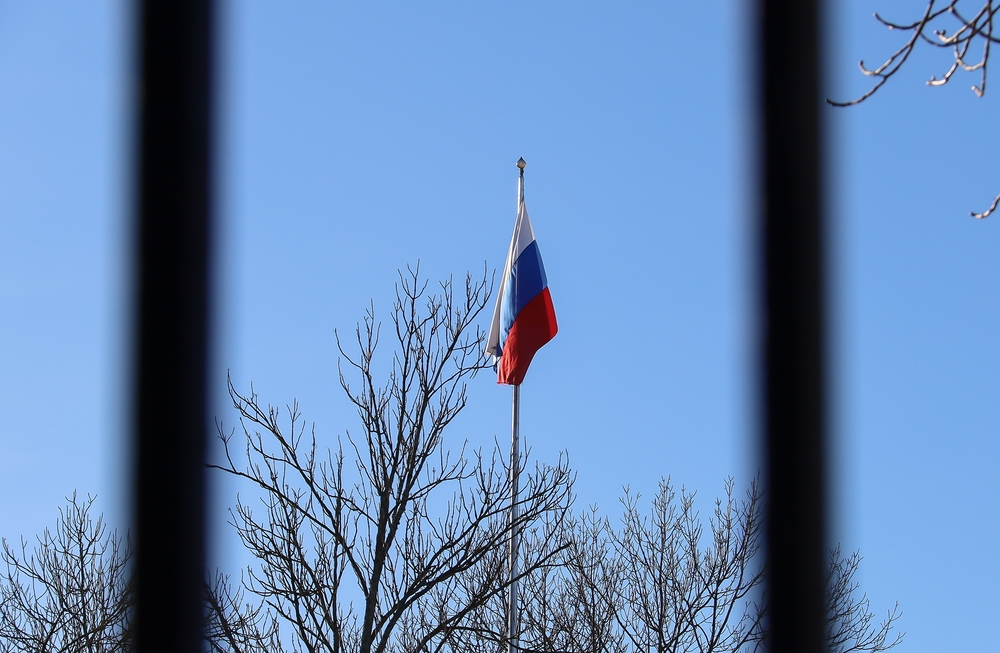
In 1812, Russia went even further — founding Fort Ross in California, just 90 km north of modern-day San Francisco.
But poor supply chains and native resistance forced them to abandon it by 1841.
Also read
Selling Alaska to the U.S.
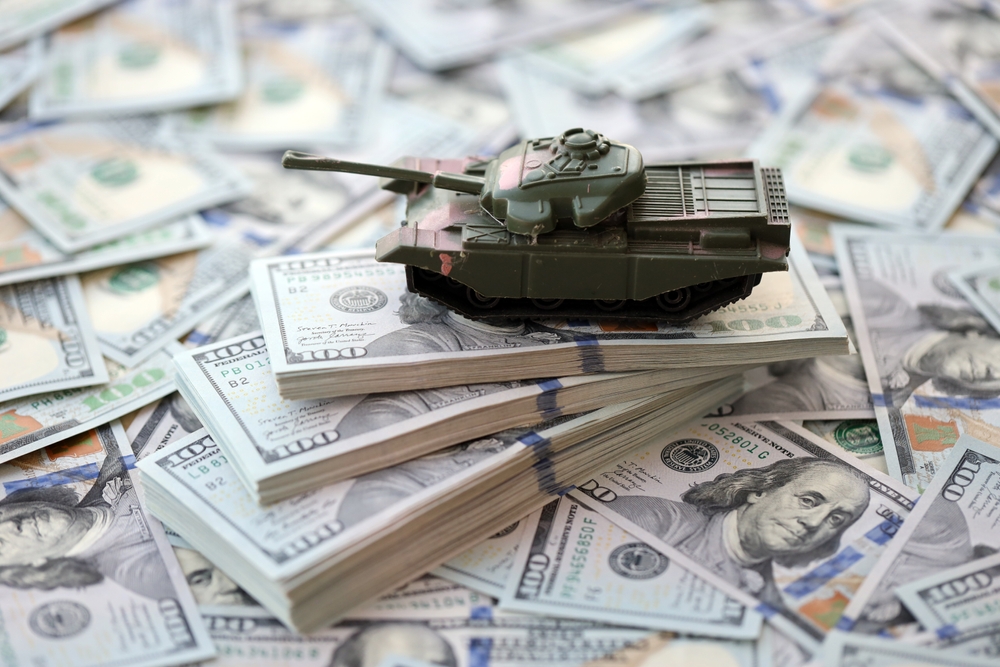
In 1867, Russia sold Alaska to the United States for $7.2 million — around $120 million in today’s money.
Why Russia Gave It Up

Russia lacked the people and resources to develop Alaska. They also feared Britain might seize it by force after Russia’s defeat in the Crimean War.
Alaska Turns Out to Be a Goldmine
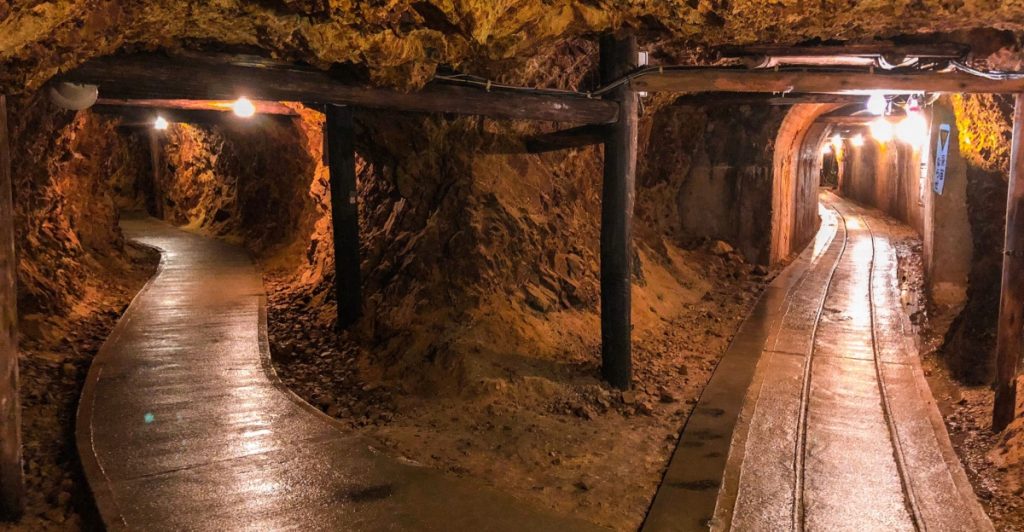
What many once thought was just frozen wilderness turned out to be packed with gold, oil, natural gas, and rare minerals.
Today: A Tale of Two Regions

Alaska is one of the wealthiest U.S. states. Meanwhile, Russia’s Chukotka region — just across the Bering Strait — remains underdeveloped and poor.
What If Russia Had Kept It?
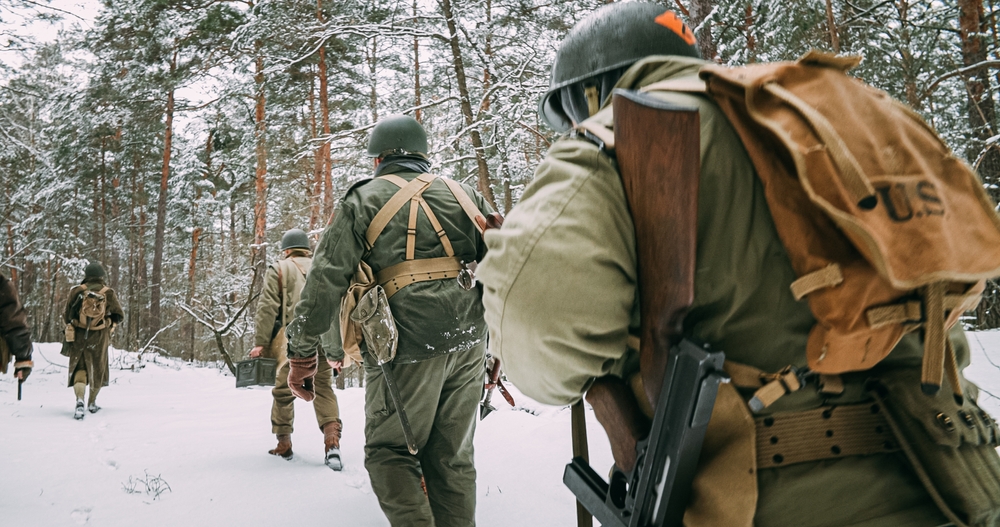
Had Russia held on to Alaska, it might have changed Cold War dynamics, boosted its economy, and strengthened its Pacific military presence.
Regret That Still Echoes?

Some in Moscow may still regret the decision — a sentiment that could help explain today’s fierce grip on territory Russia claims as historically theirs.


